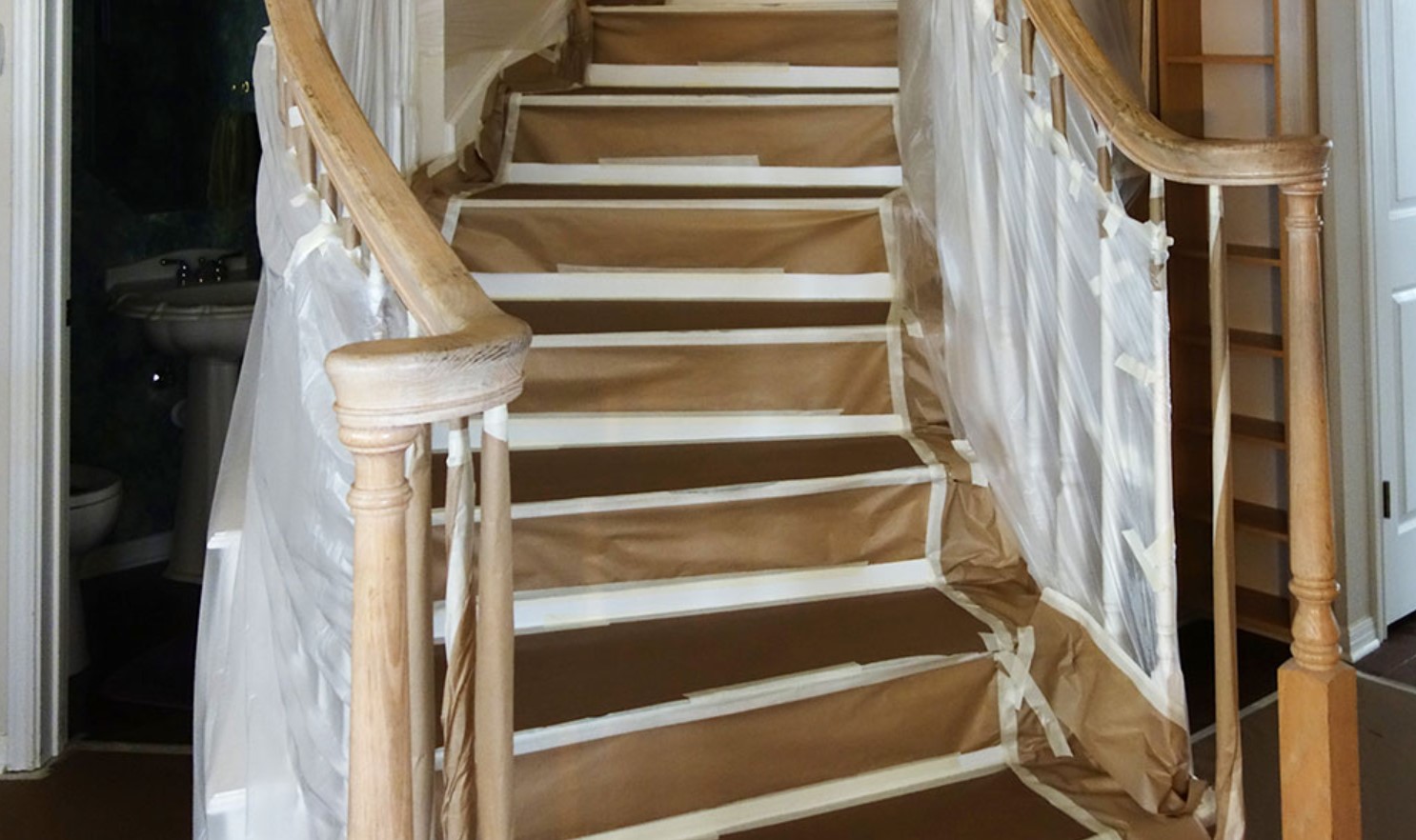How To Protect Stairs When Moving

Moving to a new home can be an exciting adventure, but it can also be overwhelming. One of the most critical aspects of moving is ensuring that your belongings are transported safely without causing any damage to your current or new home. Stairs are a high-traffic area in most homes and are susceptible to scratches, dents, and other types of damage during the moving process. However, with proper preparation and care, you can safeguard your stairs and keep them in pristine condition.
Why Protecting Stairs is Important
Protecting stairs during a move is crucial for several reasons. First and foremost, stairs are expensive to repair or replace. Any damage incurred during the moving process can result in costly repairs or replacements, which can add up quickly. Secondly, stairs are a focal point in many homes and can impact the overall aesthetic and value of your property. Damage to your stairs can be unsightly and diminish the appeal of your home. Lastly, protecting your stairs is essential for safety reasons. Moving heavy objects up and down the stairs can be hazardous, and damage to the stairs can further increase the risk of accidents. Therefore, taking steps to protect your stairs is vital to ensure a smooth and damage-free move.
Types of Damage During Moving
There are various types of damage that can occur to stairs during the moving process. These can include:
- Scratches and scuffs: Heavy furniture, boxes, and other items being carried up or down the stairs can leave scratches and scuffs on the surface of the stairs, especially if they are made of wood or other delicate materials.
- Dents and dings: Dropping or bumping heavy items on the stairs can result in dents and dings, particularly on stairs made of softer materials like wood or laminate.
- Stains and spills: Accidental spills of liquids or other substances during the moving process can leave stains on the stairs, especially on carpeted stairs.
- Nails and screws: Improper handling of furniture or other items during the move can result in nails or screws sticking out, which can cause damage to the stairs if not properly protected.
Best Practices for Protecting Stairs
When it comes to protecting stairs during a move, there are several best practices to follow. These include:
- Use protective coverings: Cover the stairs with protective coverings, such as moving blankets, cardboard, or plastic sheets, to create a barrier between the stairs and the items being moved. Secure the coverings in place with tape or straps to prevent them from shifting during the move.
- Utilize padding: Use padding materials, such as bubble wrap or foam, to cushion the edges and corners of furniture or other heavy items to prevent them from scratching or denting the stairs.
- Use proper lifting techniques: Train yourself and your movers on proper lifting techniques to minimize the risk of dropping heavy items or damaging the stairs. Lift with your legs, not your back, and avoid dragging or sliding heavy items on the stairs.
- Disassemble furniture: If possible, disassemble furniture, such as beds, tables, or chairs, before moving them on the stairs. This will make it easier to maneuver them and reduce the risk of damaging the stairs or the furniture itself.
- Avoid overloading: Do not overload boxes or furniture, as this can make them difficult to handle and increase the risk of dropping or damaging the stairs.
Tools and Materials for Stair Protection
When it comes to protecting stairs during a move, having the right tools and materials is crucial. Moving blankets or pads, cardboard or plastic sheets, bubble wrap or foam padding, tape or straps, and tools for disassembling furniture are some of the key items that can help safeguard stairs from scratches, dents, and other damage. Moving blankets or pads are specifically designed to provide excellent protection, while cardboard or plastic sheets can create a barrier between the stairs and the items being moved.
To effectively protect your stairs during a move, you will need some essential tools and materials. These may include:
| Tools and Materials | Description | Benefits |
| Moving blankets or pads | Thick, durable blankets or pads designed specifically for moving | Provides excellent protection against scratches, dents, and other damage to stairs |
| Cardboard or plastic sheets | Can be used to create a barrier between the stairs and the items being moved | Cardboard can be easily cut and shaped to fit the stairs, while plastic sheets are waterproof and provide an extra layer of protection |
| Bubble wrap or foam padding | Ideal for cushioning the edges and corners of furniture or other heavy items | Prevents damage to stairs from sharp edges or corners |
| Tape or straps | Used to secure the protective coverings in place | Prevents shifting of coverings during the move, ensuring continuous protection |
| Tools for disassembling furniture | Screwdrivers, wrenches, allen keys, etc. | Necessary for disassembling and reassembling furniture, making it easier to maneuver on stairs and reducing the risk of damage |
Step-by-Step Guide for Stair Protection
Here is a step-by-step guide for protecting stairs during a move:
- Assess the condition of the stairs: Before you start, carefully inspect the stairs to identify any existing damage or loose parts that may need to be repaired or reinforced before moving heavy items.
- Clear the stairs: Remove any obstacles or debris from the stairs, such as rugs, toys, or other items that may pose a tripping hazard or hinder the movement of large items.
- Cushion edges and corners: Use bubble wrap or foam padding to cushion the edges and corners of furniture or other heavy items that may come into contact with the stairs during the move. Make sure all edges and corners are adequately covered to prevent damage to the stairs.
- Disassemble furniture if needed: If you have large furniture that cannot be easily maneuvered on the stairs, consider disassembling it before moving. Use appropriate tools, such as screwdrivers, wrenches, allen keys, etc., to disassemble and pack the furniture components separately for easier transport.
- Move items with caution: When moving heavy items on the stairs, use caution and take your time. Avoid dragging or dropping items, as this can cause damage to the stairs. Use proper lifting techniques and consider enlisting the help of additional movers if needed to ensure safe and smooth movement of items.
- Reassemble furniture if needed: Once all items have been safely moved, reassemble any furniture that was disassembled earlier using the appropriate tools. Take care to avoid scratching or damaging the stairs during the reassembly process.
In conclusion, protecting stairs during a move is essential to prevent damage and maintain the integrity of your home. By following a step-by-step guide and using the right tools and materials, you can effectively safeguard your stairs from scratches, dents, and other damage. Moving blankets or pads, cardboard or plastic sheets, bubble wrap or foam padding, tape or straps, and tools for disassembling furniture are key items that can aid in protecting your stairs during a move.
